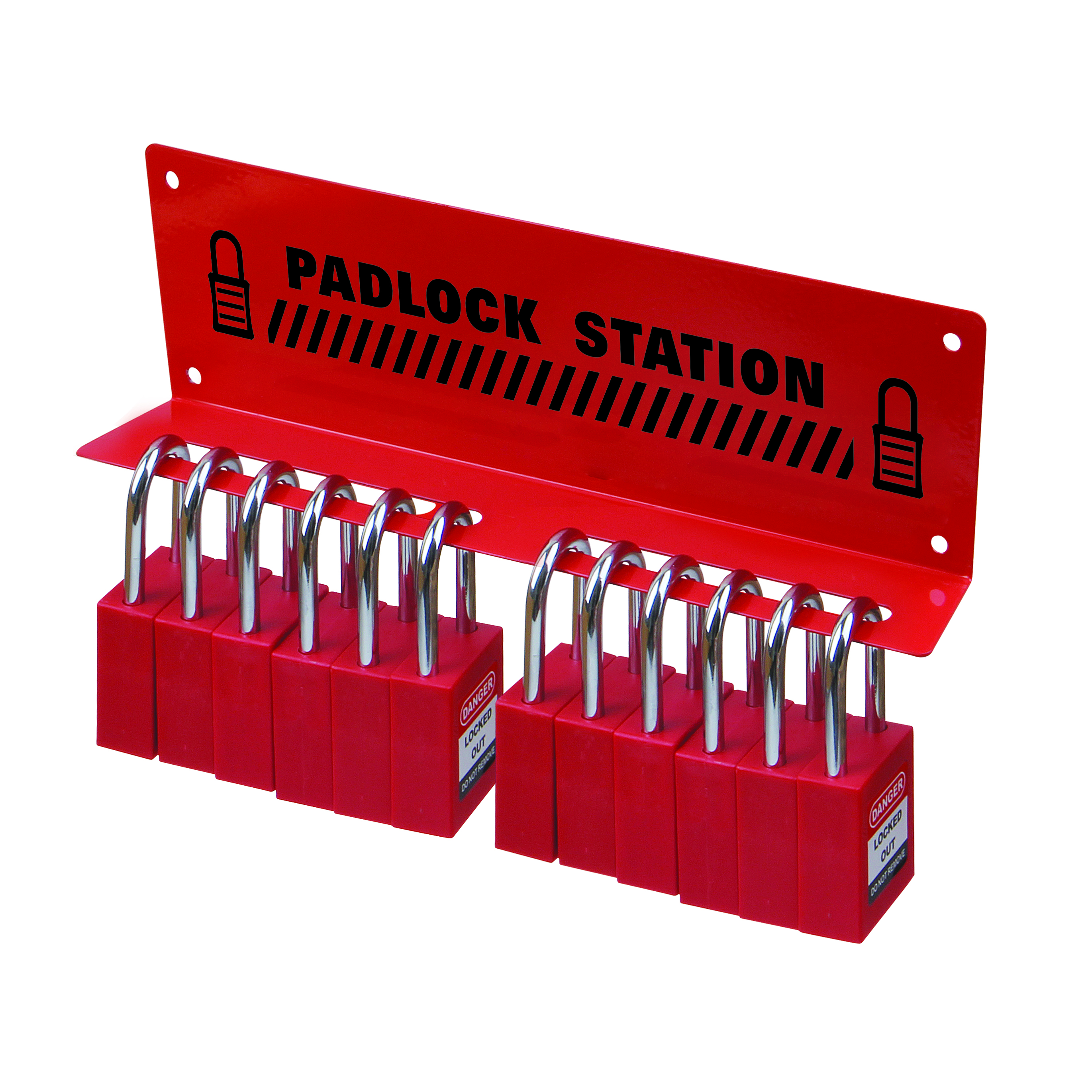LED lamps and traditional lamps have completely different structures, and the structure has a crucial role in exerting its characteristics. Modern LED lamps are mainly composed of five parts: LED light source, optical system, driver, heat sink and standard lamp interface. Therefore, it is required to have high light transmittance, high refractive index, good thermal stability, good fluidity, and easy spraying, and it is required to have low hygroscopicity and the like in order to improve the reliability of the LED package. So what are the radiation losses during the use of LEDs?
In recent years, some economically developed countries in the world have launched a fierce technical competition around the development of LED. In Germany's one chip, by incorporating nano-phosphor in silica gel, the refractive index can be increased to 1.8 or higher, light scattering is reduced, LED light-emitting efficiency is improved, and light color quality is effectively improved. Generally, the phosphor has a refractive index greater than or equal to 1.85 above 1um, and the refractive index of silica is generally about 1.5. The phosphor has a refractive index mismatch and the phosphor particle size is much larger than the light scattering limit (30 nm). There is light scattering on the surface of the particles, which reduces the light extraction rate.
At present, white LEDs are mainly implemented in three forms:
1. The combination of red, green and blue LEDs is a multi-chip white LED;
2, using blue LED chip and phosphor, from blue and yellow to obtain white light or blue LED chip with red and green phosphor, blue light emitted by the chip, red and green light emitted by phosphor Blending to obtain white light;
3. The white light is obtained by exciting the three primary color phosphors emitted by the ultraviolet LED chip.
At present, the second application is widely used. The blue LED chip and the phosphor are used to complement each other to obtain white light. Therefore, such a chip improves the lumen efficiency of the LED, which is determined by the initial luminous flux and the light maintenance rate of the blue chip.
The initial luminous flux of the blue LED chip is improved with the development of epitaxy and substrate technology. The lumen maintenance rate is maintained by the packaging technology. The key to maintaining the lumen maintenance is to improve the conductive and heat dissipation environment. This involves the key technologies of LED packaging: low thermal resistance packaging process and high light extraction package structure and process. .
At present, the current LED light efficiency level, because 80% of the input power is converted into heat, the heat dissipation of the chip is very critical. LED package thermal resistance mainly includes material internal thermal resistance and interface thermal resistance. The role of the heat-dissipating base is mainly to absorb the heat generated by the chip and conduct it to the thermal resistance to achieve heat exchange with the outside world. It is also the key to reduce the thermal resistance of the interface and interface contact and enhance heat dissipation.
Therefore, the choice of thermal interface materials for the chip and the heat sink base is very important, and low temperature or eutectic solder paste or silver paste is currently used. The thermal conductive adhesive used in the LED chip used in Germany is a thermal conductive adhesive with nano-particles inside, which effectively improves the interface heat transfer, reduces the interface thermal resistance, and accelerates the heat dissipation of the LED chip.
In the process of using LEDs, there are three main aspects in the loss of photons generated by radiation recombination when they are emitted outwards:
1. The internal structure defects of the chip and the absorption of the material, and the reflection loss of the photon at the exit interface due to the refractive index difference;
2. Total reflection loss due to the incident angle being greater than the critical angle of total reflection;
3. By removing a transparent adhesive layer with a relatively high refractive index on the surface of the chip, the loss of photons at the interface is effectively reduced, and the light extraction rate is improved.
Therefore, it is required to have high light transmittance, high refractive index, good thermal stability, good fluidity, and easy spraying, and it is required to have low hygroscopicity, low stress and aging resistance in order to improve the reliability of the LED package. Moreover, usually the white LED needs the blue light-emitting phosphor synthesized by the chip to synthesize the phosphor, and the phosphor is also added in the encapsulant for the color mixing, so the excitation efficiency and conversion efficiency of the phosphor are the key to high luminous efficiency.

Concerned about surprises
Tags: LED lamps: radiation loss during use
Previous: The difference between preventive maintenance and routine maintenance? Regulating valve Next: How to deal with the "mercury-containing" energy-saving lamp?
Made from carbon steel. It's an ideal euqipment to allow easy access to place padlocks when needed.Supplied with 5 padlocks, 10 padlocks, 15 padlocks and 20 padlocks.Can be protable and wall mounted.
Padlock Rack ensure proper storage of safety padlocks for easy accessibility. They provide a great way to organize and centralize lockout activity. These padlock racks are sold without padlocks included.


Padlock Rack
Padlock Rack,Padlock Station Wall Rack
Lockey Safety Products Co., Ltd. , https://www.lotolockey.com